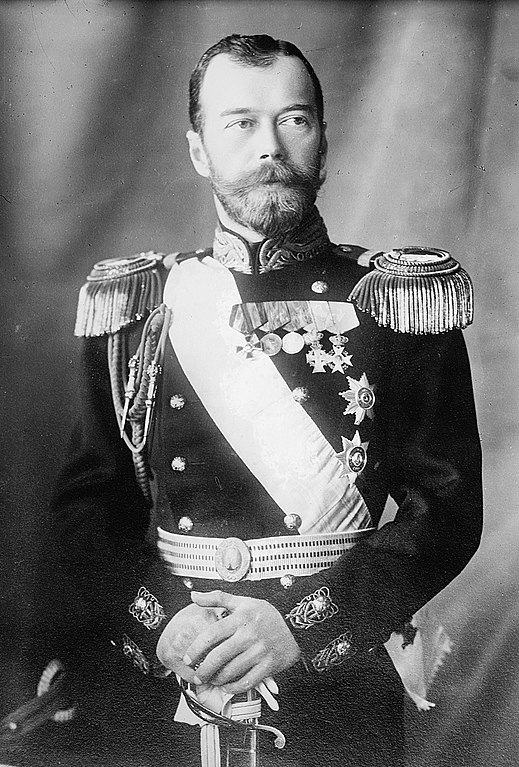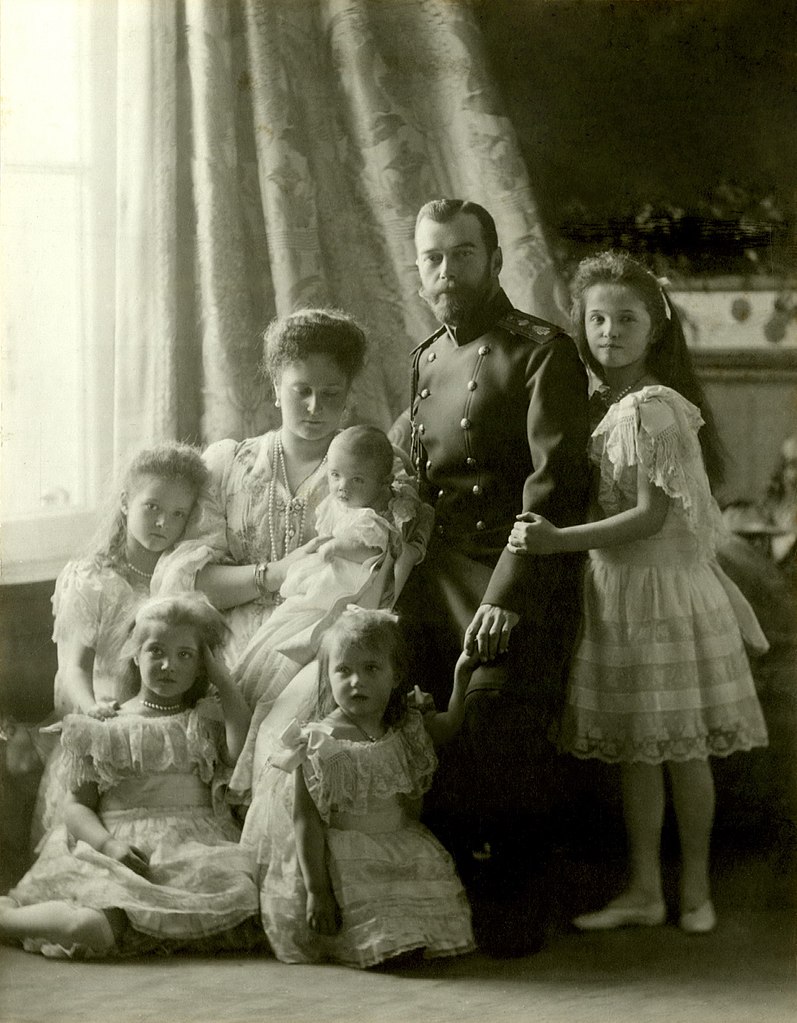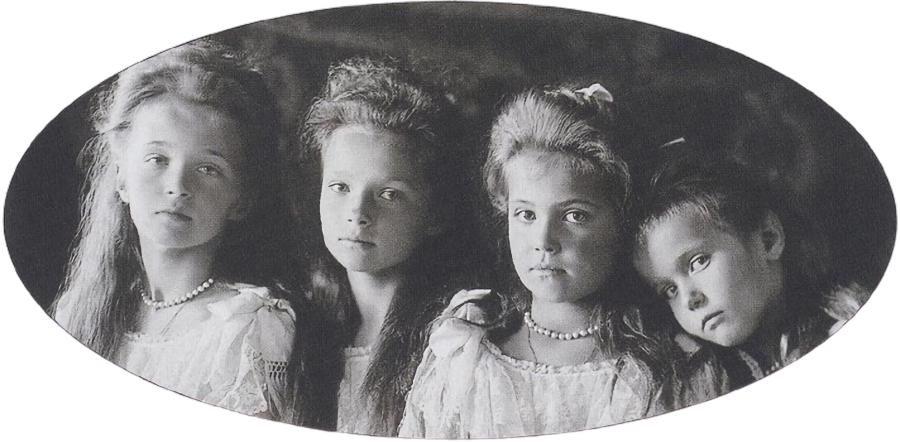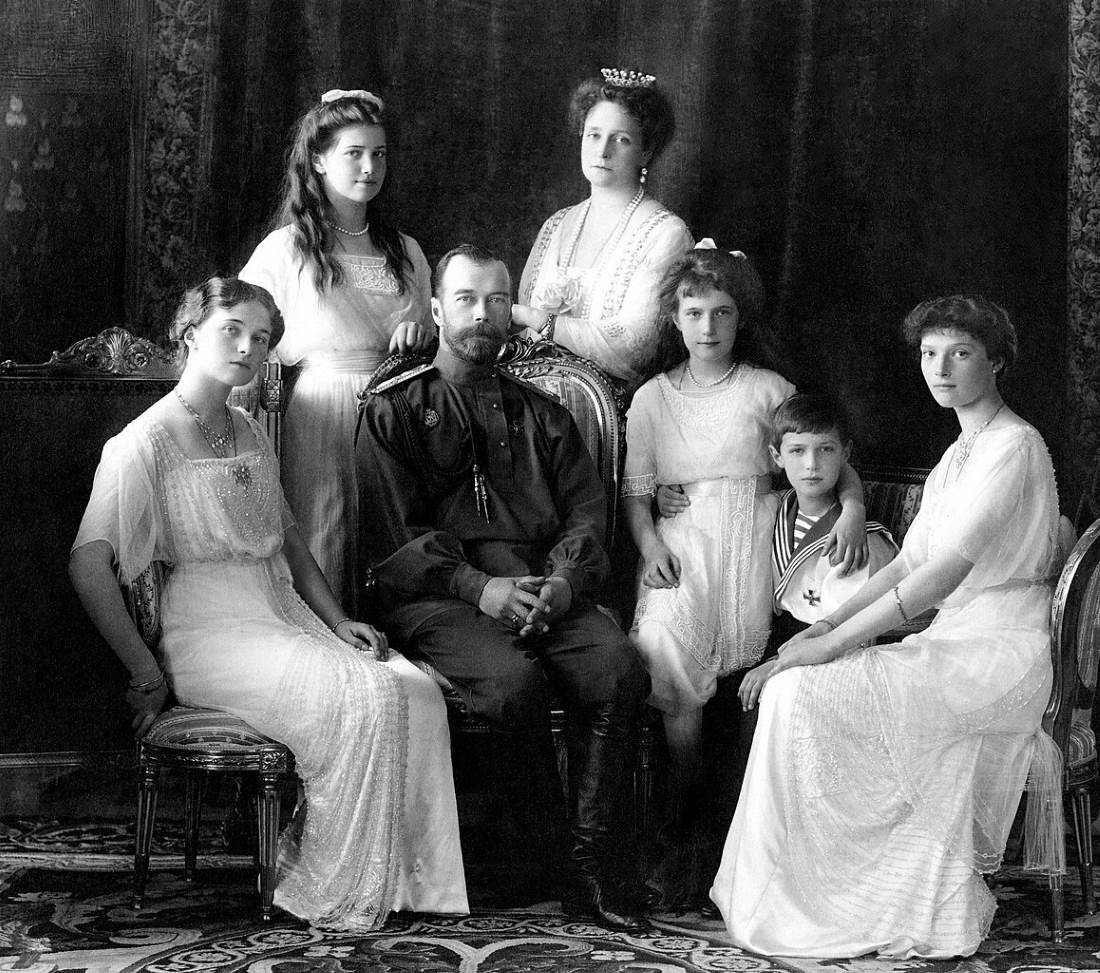The Romanov Dynasty, the last imperial dynasty of Russia, ruled over the vast Russian Empire from 1613 until the abdication of Tsar Nicholas II in 1917. As a symbol of autocratic power, the Romanovs presided through significant historical, social, and political changes, shaping the course of Russian history for more than three centuries. The downfall of this dynasty, marked by the tragic fate of the imperial family, stands as a particularly brutal chapter in history. In the annals of historical studies, we frequently encounter tales of power shifts, coups, and the elimination of rulers, but the complete extermination of an entire family, including children, as happened with the Romanovs, is a rare and deeply disturbing event. This grim episode not only reflects the severity of political upheavals but also serves as a poignant reminder of the often tumultuous and tragic nature of our shared past.
The Last Tsar, Nicholas II Romanov
Nicholas II, born on May 18, 1868, was the last Russian Tsar, a descendant of the illustrious Romanov dynasty, tracing its roots back to the era of Peter the Great in the seventeenth century. His parents were Alexander III, who had great expectations for him as a future ruler, and Maria Feodorovna, who tenderly reciprocated his gentleness. Growing up, Nicholas’s relationship with his father was strained; Alexander III often disparaged Nicholas’s shyness and compassionate nature, mockingly calling him a girl in public. In contrast, his relationship with his mother was filled with love and support, creating an unusually strong bond between mother and son.

This dichotomy in parental relationships shaped Nicholas’s character. He evolved into a person who was subtly insecure yet immensely tender and empathetic. His decision to marry for love, defying his father’s preference for a French political alliance, reflected this trait. Nicholas was deeply in love with Princess Alix of Hesse-Darmstadt, granddaughter of England’s Queen Victoria, whom he married in 1894 at the age of 21, with Alix being only 17 years old. This marriage was a true expression of love, but it also brought unintended consequences, as Alix, later known as Alexandra, carried the gene for hemophilia, which she passed on to their son Alexei.
The Fall of the Romanovs During the February Revolution
The February Revolution of 1917 marked the cataclysmic end of the Romanov dynasty’s rule over Russia. The First World War had a profoundly negative impact on Imperial Russia, exacerbating existing social and economic tensions. As the war progressed, Russia suffered numerous defeats, which not only depleted its military strength but also severely undermined the government’s credibility and authority. The dire situation on the frontlines was mirrored back home by widespread food shortages, escalating prices, and a general sense of despair among the populace. This brewing discontent eventually erupted in the form of massive worker strikes and demonstrations, signaling the beginning of the end of Tsar Nicholas II’s reign.

Nicholas II, finding himself in an increasingly untenable position, was confronted with the harsh reality of his eroding power. The strikes and protests gained momentum, converging into a full-blown revolution. Amidst this chaos, on March 15, 1917, Nicholas II made the fateful decision to abdicate the throne. His abdication was not a mere surrender of power but rather a reluctant concession made in the hope of preserving the greater good of Imperial Russia. This act underscored his profound love and dedication to his country, revealing a man who, faced with the ultimate test, chose his nation’s welfare over his power and authority.
The Imperial Family
The Romanov family, led by Tsar Nicholas II, represented a unique blend of imperial dignity and familial warmth. Nicholas II, as the head of the family, was not just a ruler of an empire but also a devoted husband and father. His wife, Empress Alexandra, originally Princess Alix of Hesse-Darmstadt, was a figure of grace and strength, deeply supportive of her husband and protective of her children. Their union was not just a matter of state but a true love match, which was reflected in their dedication to their family.

The couple had five children: four daughters, Grand Duchesses Olga, Tatiana, Maria, and Anastasia, and a son, Alexei, the Tsarevich. Each daughter had her unique personality, ranging from Olga’s thoughtfulness to Anastasia’s vivaciousness, but they all shared a close bond, united in the face of the challenges that beset their family and country. The young Alexei, heir to the throne, suffered from hemophilia, a condition inherited from his mother’s side of the family. This illness marked a significant part of the family’s life, as they constantly sought ways to manage his condition and protect him from harm. The Empress, in particular, became deeply involved in the search for his treatment, which led her to heavily rely on the mystic Rasputin, a decision that would later attract criticism and contribute to the family’s downfall.
Despite the immense pressures of their public roles and the private challenges they faced, the Romanovs maintained a close-knit and loving family environment. Their commitment to each other was evident in their letters and diaries, which reflect a deep sense of unity and affection. This familial bond remained strong even during their final days, a testament to their unwavering loyalty to each other amidst the turmoil that surrounded them.
The Final Days of the Romanovs
In the twilight of their reign, the Romanov family found themselves in captivity in the Ipatiev House in Yekaterinburg, a city in the Ural Mountains. This period marked a significant shift in Russian history, as the Bolsheviks, led by Vladimir Lenin, seized control in the wake of the October Revolution. The Romanovs, isolated from the rapidly changing world outside, lived under constant surveillance, unaware of the grim fate that awaited them. As the Bolshevik grip tightened, the decision to eliminate the former Tsar and his family was taken, a decision driven by the fear that their existence could become a rallying point for anti-Bolshevik forces.
On the fateful night of July 17, 1918, the Romanov family was awakened and told they were to be moved for their safety. They were led to the basement of the Ipatiev House under the pretense of taking a family photograph. The cellar, devoid of any furnishings save for three chairs, served as the stage for the tragic finale of the Romanov dynasty. As they positioned themselves, the family and their loyal retainers were unaware of the horror that was about to unfold. The calm before the storm was palpable, as noted by the Bolshevik guards who observed the Romanovs’ composed demeanor.
The stillness of the night was shattered when Yakov Yurovsky, the commandant of the house, and his squad of executioners entered the room. Yurovsky announced their imminent execution, a declaration that sent shockwaves through the family. Nicholas II, in a state of disbelief, could only utter cries of despair. The executioners wasted no time; they raised their weapons and opened fire, killing Nicholas and Alexandra instantly. The chaos that ensued was a gruesome scene of indiscriminate shooting, with the young Alexei and his sisters, Olga, Tatiana, Maria, and Anastasia, caught in a brutal and merciless onslaught.

Following the massacre, the Bolsheviks faced the grim task of disposing of the bodies. To prevent any relics of the Romanovs from becoming symbols of monarchist sentiment, the bodies were transported to a secluded mine shaft known as the Four Brothers. Here, the remains were stripped, burned, and doused in acid before being thrown into the pit. This crude and hasty burial was meant to erase the final traces of the Romanov dynasty. The brutal end of the Romanovs not only marked the cessation of a 300-year reign but also symbolized the ruthless and turbulent nature of the new era that was dawning in Russia.
Historical Challenge: Can You Conquer the Past?
Answer more than 18 questions correctly, and you will win a copy of History Chronicles Magazine Vol 1! Take our interactive history quiz now and put your knowledge to the test!

